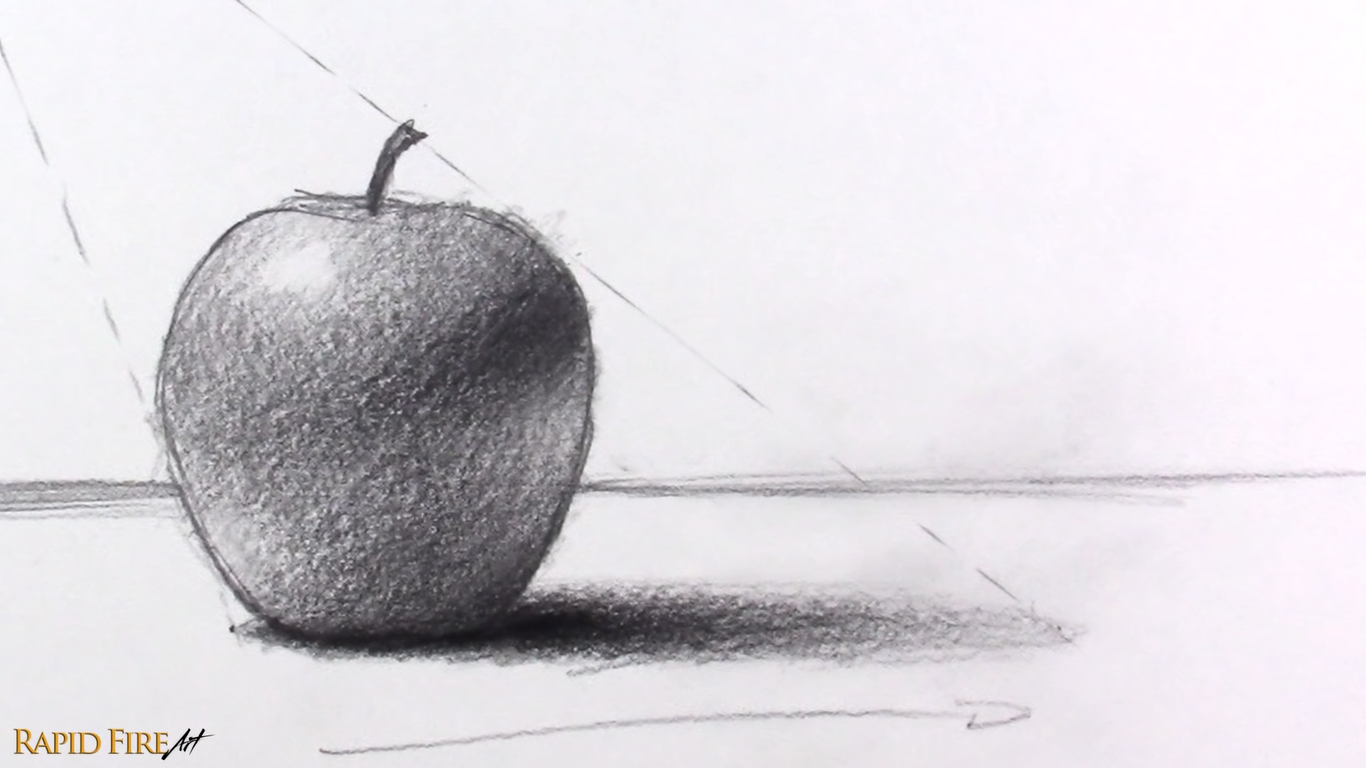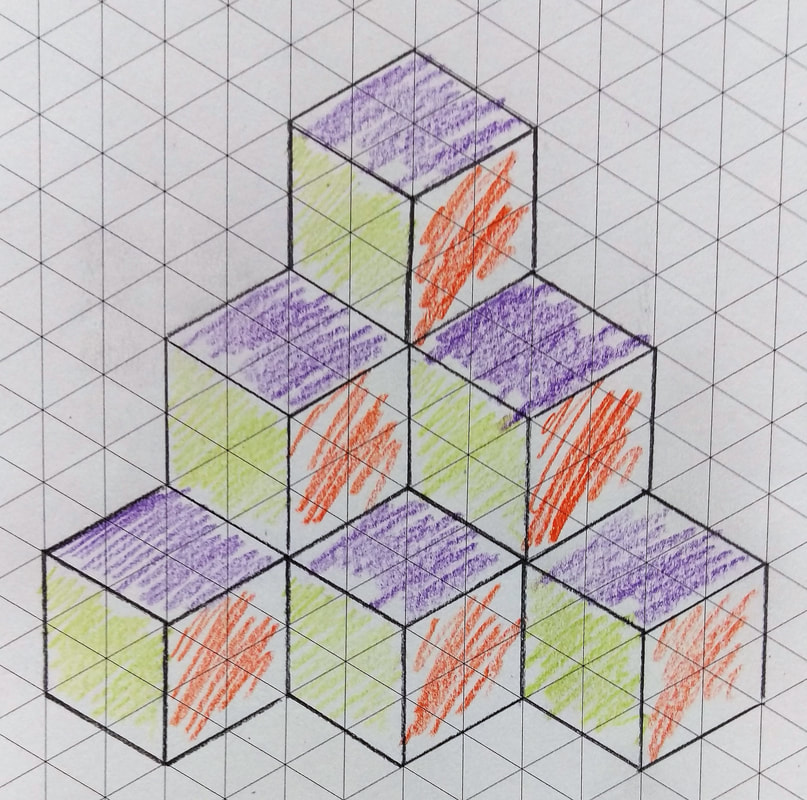Learn how to sketch draw 60 free basic drawing for beginners
Table of Contents
Table of Contents
If you’ve ever dreamed of creating a stunning work of art, but don’t know where to start or have been intimidated by the process, fear not. Drawing realistically is a skill that can be learned and developed by anyone, regardless of age or experience. In this beginner’s guide, we’ll explore how to draw realistically for beginners, offering tips, tricks, and guidance to help you achieve your artistic goals.
Why Drawing Realistically Can Be a Challenge
For many beginners, the challenge of drawing realistically comes down to a few key issues. First and foremost, it can be difficult to capture the nuances of light and shadow, depth and texture that make a work of art truly lifelike. Additionally, it can be daunting to know where to start, how to choose the right materials and tools, and how to develop your own personal style.
Answering the Target: How to Draw Realistically for Beginners
The good news is that learning to draw realistically is within anyone’s reach, as long as you’re willing to put in the time and effort. To get started, here are a few key tips:
- Start with the basics: Before diving into complex compositions, focus on building your skills in sketching simple shapes, shading, and perspective.
- Invest in quality materials: While you don’t need to spend a fortune, choosing high-quality pencils, paper, and other supplies can make a big difference in the final result.
- Study the masters: Take time to examine the work of artists you admire, analyzing their techniques and taking inspiration for your own creations.
- Practice, practice, practice: The only way to improve is to put in the time and effort, committing to regular practice sessions to hone your skills.
Summarizing the Article’s Main Points
In summary, drawing realistically may be a challenge, but it’s not impossible. By starting with the basics, investing in quality materials, studying the masters, and committing to practice, you can develop your skills and create stunning works of art.
Understanding the Target of How to Draw Realistically for Beginners
Before diving deeper into techniques and tips, it’s important to understand what we mean by “drawing realistically.” Essentially, this means creating a work of art that accurately represents the subject matter, whether that’s a landscape, a portrait, or an abstract composition.
For beginners, it’s important to focus on basic elements of realism, such as proportion, perspective, light and shadow, and dimensionality. By mastering these concepts, you can begin to create works of art that look like they could jump off the page.
Going Deeper into Understanding How to Draw Realistically for Beginners
To truly understand how to draw realistically for beginners, it’s helpful to break down some of the key techniques involved in the process. Here are a few examples:
- Proportion and scale: To make your drawing look realistic, it’s important to ensure that the different elements are sized and spaced correctly in relation to one another.
- Shading and tone: By mastering the use of light and shadow, you can create a sense of depth and dimensionality in your work.
- Texture and detail: Adding small touches of texture and detail can help elevate a work of art from flat and lifeless to three-dimensional and eye-catching.
Exploring the Benefits of Drawing Realistically for Beginners
While learning how to draw realistically can be challenging, it’s a skill that comes with a wide range of benefits. For one thing, creating art can be a deeply rewarding and fulfilling hobby, allowing you to express yourself creatively and connect with others in new and exciting ways. Additionally, drawing can help improve hand-eye coordination, boost cognitive function, and reduce stress and anxiety.
Drawing Realistically for Beginners: Tips and Tricks
Now that we’ve covered some of the basics of drawing realistically, let’s take a deeper dive into some specific tips and tricks to get you started. Here are a few to consider:
- Choose the right pencils: Different types of pencils offer different effects, so it’s important to choose the right one for your particular project.
- Use a viewfinder: A viewfinder is a tool that helps you block out the parts of the image you don’t want to draw, making it easier to focus on the specific elements you’re trying to capture.
- Work from real life: While it can be tempting to work from photographs or other images, trying to capture the real-life subject matter can help you create a more realistic and nuanced piece of art.
Exploring the Role of Practice in Drawing Realistically for Beginners
One of the most important aspects of learning how to draw realistically is committing to regular practice. By making time to work on your art every day or every week, you’ll build the muscle memory and technical skills needed to create truly stunning works of art.
Getting Creative with Drawing Realistically for Beginners
While there are certain techniques and tips that can help you draw more realistically, it’s important to remember that art is a creative pursuit. Experimenting with new materials, trying out different compositions, and following your own artistic instincts can help you develop a unique style that’s all your own.
Question and Answer: How to Draw Realistically for Beginners
Q: Do I need to be naturally talented to draw realistically?
A: Absolutely not! Anyone can learn to draw realistically, regardless of natural innate ability. It simply takes practice, patience, and a willingness to grow and learn.
Q: How can I overcome my fear of drawing?
A: One of the easiest ways to overcome a fear of drawing is simply to start. By taking the time to sit down with your materials and begin sketching, you’ll start to see progress and become more comfortable with the process.
Q: What if I don’t have a lot of experience with art?
A: That’s okay! Drawing realistically is a skill that can be learned and developed over time. By starting with simple compositions and working your way up to more complex subjects, you’ll build the confidence and technical proficiency needed to create truly stunning works of art.
Q: What’s the best way to stay motivated to draw realistically?
A: There are a few different strategies you can use to stay motivated and committed to your art. Setting achievable goals, seeking out feedback and support from other artists, and finding inspiration in the world around you are all great ways to keep your creative juices flowing.
Conclusion of How to Draw Realistically for Beginners
Drawing realistically can be a deeply fulfilling and rewarding pursuit. By taking the time to learn the basics, investing in quality materials, practicing regularly, and experimenting with your own unique style, you can create stunning works of art that capture the beauty and complexity of the world around us.
Gallery
How To Draw A Realistic FACE | Easy TUTORIAL For BEGINNER | Drawing

Photo Credit by: bing.com /
Learn How To Sketch & Draw: 60 Free Basic Drawing For Beginners

Photo Credit by: bing.com / rapidfireart graphite diys
Learn To Draw Realistically: PDF Tutorial 15 Pages Instant | Etsy

Photo Credit by: bing.com / realistically
Realistic Drawing - 30 Realistic Pencil Drawings And Drawing Ideas Tips

Photo Credit by: bing.com / hyper shading realism
Easy Way To Draw Realistic Eyes: Step By Step Https://youtu.be

Photo Credit by: bing.com / step draw eyes realistic easy eye drawing drawings beginners pencil sketches way tutorial choose board learn





